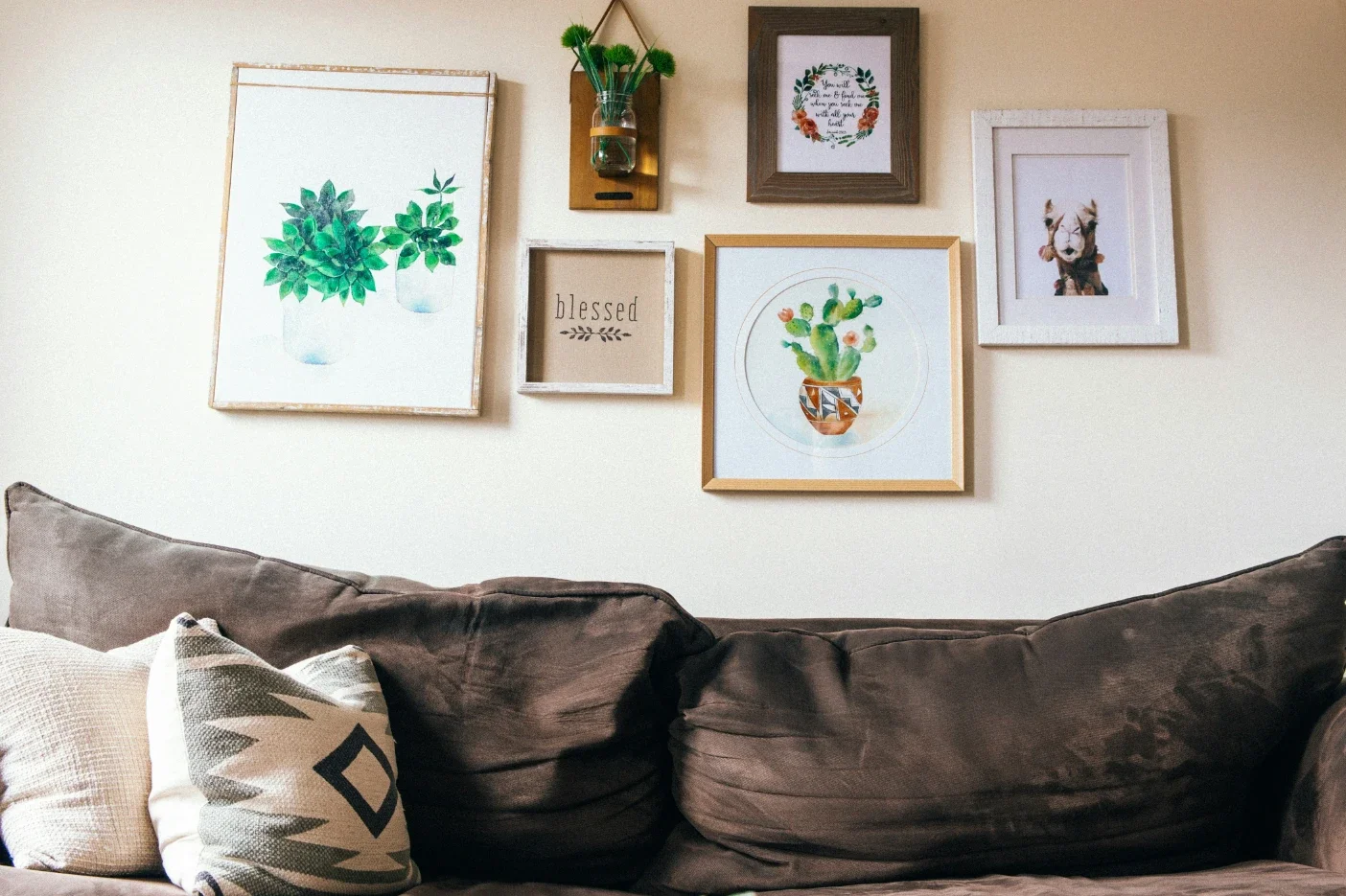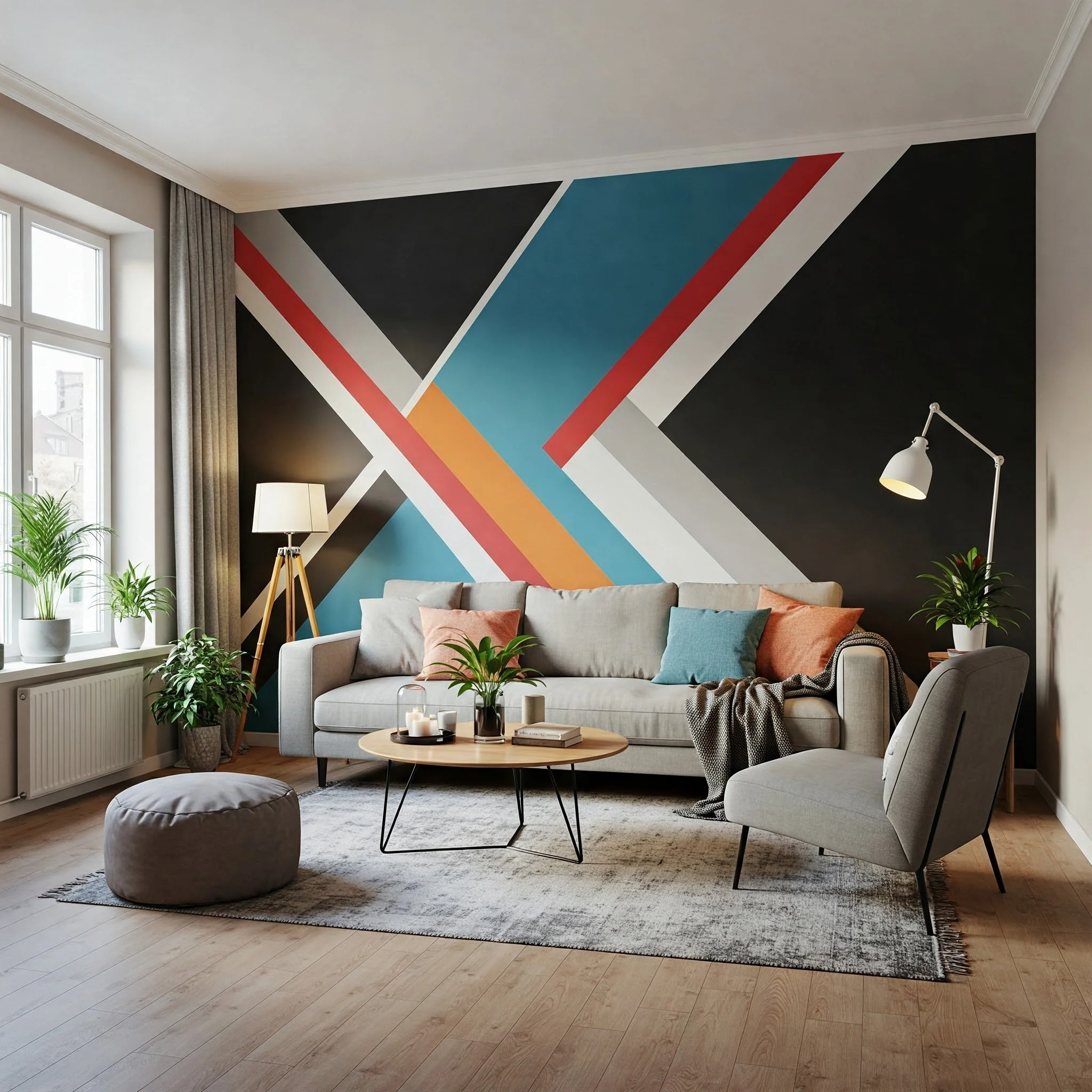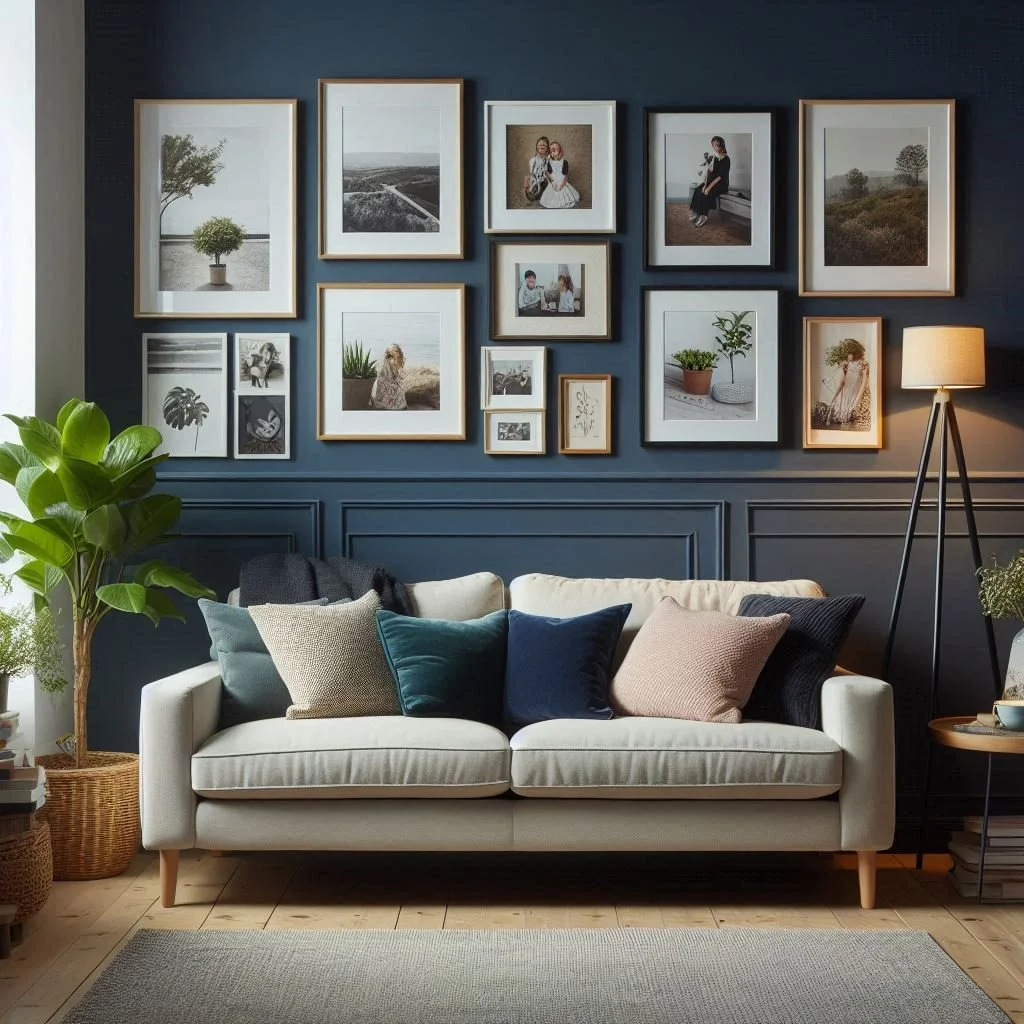Corner Mounting vs Full Frame Mounting: Choosing the Right Display Method for Your Wall Art
Learn the key differences between corner mounting and full frame mounting to choose the best display method that enhances your wall art’s appeal.
When it comes to displaying artwork and posters, the mounting method you choose can dramatically impact both the visual appeal and longevity of your pieces. The decision between corner mounting and full frame mounting involves weighing factors such as size limitations, protection needs, aesthetic preferences, and budget considerations.
Whether you're showcasing stylish canvas art prints or traditional paper posters, understanding these mounting options will help you make informed decisions about how to best present your wall art. Each method offers distinct advantages and limitations that can significantly influence the overall impact of your home décor.
Understanding Size Limitations and Practical Constraints
Corner mounting works exceptionally well for smaller prints but faces significant size restrictions that limit its versatility. According to mounting specialists, 3/8" corner mounts are suitable for prints up to 8"x10", while 7/8" corners can accommodate prints up to 16"x20". Beyond these dimensions, corner mounts struggle to provide adequate support, making them impractical for larger artwork.
Full frame mounting, conversely, accommodates virtually any size artwork from small photographs to large-scale posters. This flexibility makes frames the preferred choice for substantial pieces that require structural support. The frame's perimeter distribution of weight ensures even support across the entire artwork, preventing sagging or warping that can occur with inadequately supported larger pieces.
The practical implications extend beyond mere size considerations. Corner-mounted pieces require careful wall placement to ensure all corners remain securely attached, while framed pieces offer more forgiving installation options. This difference becomes particularly important in high-traffic areas where accidental contact might dislodge corner-mounted artwork.
Additionally, corner mounting requires precise alignment during installation to maintain visual balance, whereas frames provide built-in alignment guides that simplify the mounting process. The structural integrity of corner mounts also depends heavily on wall surface quality, as uneven surfaces can compromise the mounting system's effectiveness.
Protection and Durability Considerations
Full frame mounting provides comprehensive protection that corner mounting simply cannot match. Frames with glazing create a barrier against dust, moisture, fingerprints, and physical damage, significantly extending the lifespan of displayed artwork. This protection becomes crucial for valuable prints or pieces displayed in challenging environments such as kitchens, bathrooms, or high-traffic corridors.
Corner mounting leaves artwork exposed to environmental factors, making it more vulnerable to damage over time. However, this exposure allows for easier access when artwork needs cleaning or replacement. The trade-off between protection and accessibility often determines which method suits specific situations best.
Recent developments in frame technology have introduced tamper-resistant and lockable snap frames, with prices ranging from approximately £3.00 to £34.50 depending on material and design. These innovations address security concerns in public spaces while maintaining the protective benefits of full framing. For residential applications, standard frames continue to offer excellent protection without the additional security features.
The importance of proper mounting materials cannot be overstated, as archival standards emphasize using acid-free, non-corrosive adhesives to prevent deterioration of artwork over time. This consideration becomes particularly relevant for valuable pieces or artwork intended for long-term display, where material quality directly impacts preservation outcomes.
Aesthetic Impact and Cost Analysis
The visual presentation differs markedly between these mounting methods, each creating distinct aesthetic effects. Corner mounting delivers a minimalist appearance that emphasizes the artwork itself without frame borders, creating a floating effect that many find appealing for contemporary displays. This clean presentation works particularly well with modern interior design schemes that prioritize simplicity and uncluttered visual lines.
Full frame mounting provides a finished, professional appearance that can enhance artwork through complementary colors, textures, and matting options. Frames create defined boundaries that help artwork stand out from wall surfaces while offering opportunities to coordinate with existing décor elements. The addition of mat boards provides refined borders and archival protection, though this increases overall costs.
From a financial perspective, corner mounting represents the more economical option, requiring minimal materials and simple installation procedures. Full framing involves higher upfront costs but delivers superior protection and presentation quality that can justify the investment, particularly for valuable or frequently viewed pieces. The choice often depends on balancing immediate budget constraints against long-term protection and aesthetic goals.
The versatility of framing also extends to seasonal or temporary displays, where artwork can be easily swapped within the same frame system. This adaptability makes frames particularly cost-effective for spaces that require regular content updates, such as offices, galleries, or retail environments where visual refresh is essential for maintaining engagement.



